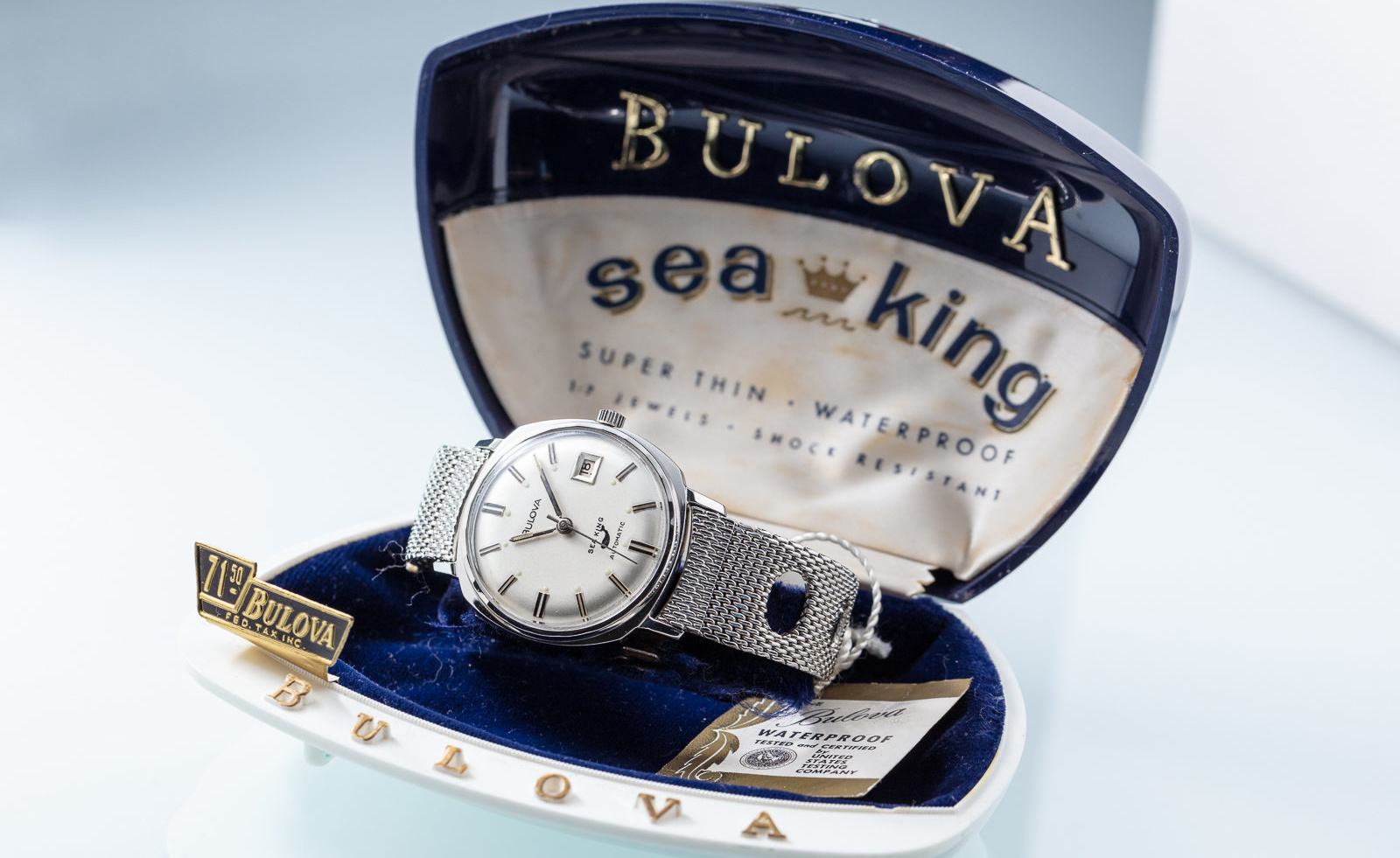The Dawn of Television Advertising: “America Runs on Bulova Time”
In the annals of advertising history, July 1, 1941, marks a pivotal moment. On this day, the first television commercial aired, forever changing the landscape of marketing and media. The ad, a simple yet groundbreaking 10-second spot, promoted Bulova Watches with the memorable tagline, “America Runs on Bulova Time.”
Note:
This article features content from the Marketing Made Clear podcast. You can listen along to this episode on Spotify:
The Birth of a New Era
Television was still in its infancy in 1941. While radio had been the dominant medium for decades, the advent of TV brought forth new opportunities and challenges for advertisers. The first television commercial, aired during a Brooklyn Dodgers and Philadelphia Phillies baseball game on WNBT (now WNBC), was a bold experiment that would set the stage for the future of advertising.
The Ad Itself
The Bulova commercial was starkly simple by today’s standards. It featured a clock superimposed over a map of the United States, with a voiceover intoning, “America Runs on Bulova Time.” The entire ad cost Bulova a mere $9 to produce and air. Despite its brevity and simplicity, the ad was revolutionary. It demonstrated the potential of television to reach a broad audience in a dynamic and engaging way, something that print and radio ads could not match.
Why Bulova?
Bulova was a fitting choice for this historic moment. Established in 1875, Bulova had a long history of innovation and quality in timepieces. By the early 20th century, Bulova had already made a name for itself with a reputation for precision and reliability. This first TV ad underscored the company’s forward-thinking approach and willingness to embrace new technology to reach consumers.
The Impact
The airing of the Bulova ad on July 1, 1941, was more than just a milestone for the company – it was a watershed moment for the entire advertising industry. This single commercial opened the floodgates, showing businesses the potential power of television advertising. In the years that followed, TV ads became increasingly sophisticated, creative, and influential, shaping consumer behavior and culture.
Television Advertising Today
Fast forward to the present, and television advertising has evolved beyond anyone’s wildest dreams in 1941. Today, TV ads are multi-million dollar productions, employing advanced technology, celebrity endorsements, and complex storytelling techniques. Yet, despite these advancements, the core goal remains the same: to connect with audiences and drive brand recognition.

Conclusion
The first-ever TV commercial, “America Runs on Bulova Time,” represents a landmark in advertising history. It was a modest beginning that heralded a new era of marketing, proving the power of television as a medium. As we look back on this moment, we see not just the birth of TV advertising, but the dawn of a new way of thinking about how brands can communicate with the world. Bulova’s pioneering spirit and willingness to innovate have left an indelible mark, reminding us of the profound impact that one simple idea can have on the future.
In a world where advertising continues to evolve at breakneck speed, the legacy of that first TV commercial remains a testament to the enduring power of creativity and innovation. Indeed, America still runs on time, and in many ways, it still runs on the visionary thinking that brought us that first, simple ad on a summer’s day in 1941.
Up Next:
More marketing hate!


